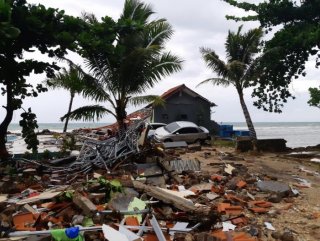Hundreds of homes and other buildings were heavily damaged when the tsunami struck, almost without warning, along with the rim of the Sunda Strait late on Saturday, Sutopo Purwo Nugroho, spokesman for the disaster mitigation agency, said.
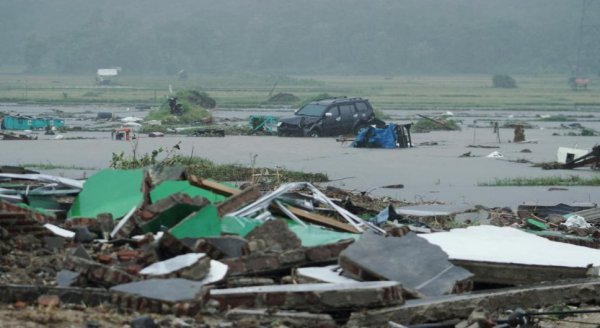
Thousands of residents were forced to evacuate to higher ground. By late afternoon on Sunday, the disaster agency had raised the death toll to 222, with 843 injured and 28 missing.
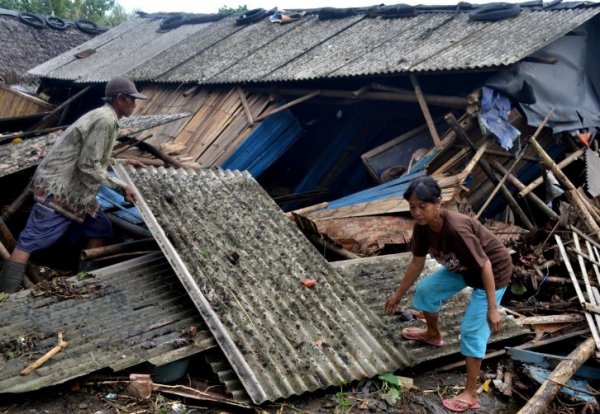
This year the vast archipelago, which sits on the Pacific “Ring of Fire”, has suffered its worst death toll from disasters in over a decade. Earthquakes flattened parts of the tourist island of Lombok in July and August, and a double quake-and-tsunami killed more than 2,000 people on Sulawesi island in September.
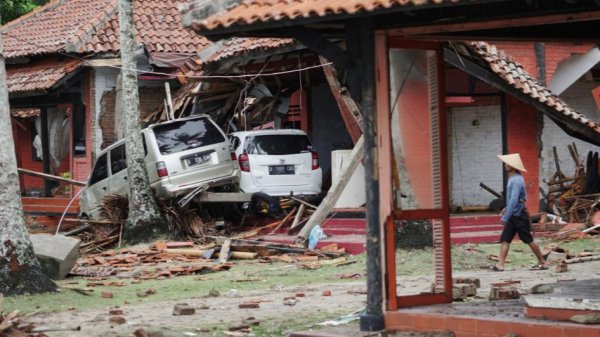
As night fell, rescue efforts continued but workers and ambulances were struggling to reach affected areas because some roads were blocked by debris from damaged houses, overturned cars and fallen trees.
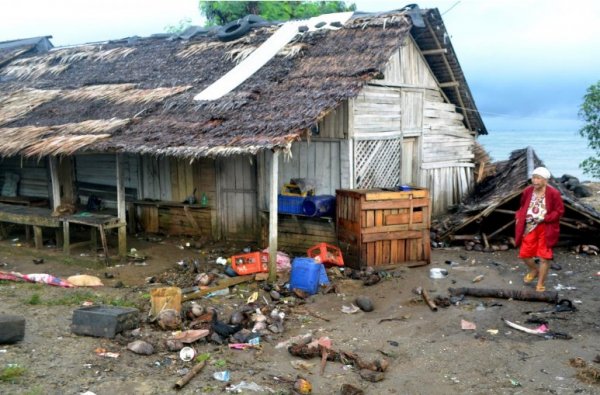
TV images showed when the tsunami hit the beach and residential areas in Pandeglang on Java, dragging with it victims, debris, and large chunks of wood and metal.

Coastal residents reported not seeing or feeling any warning signs on Saturday night, such as receding water or an earthquake, before waves of 2-3 meters (6-10 feet) washed ashore, according to media.
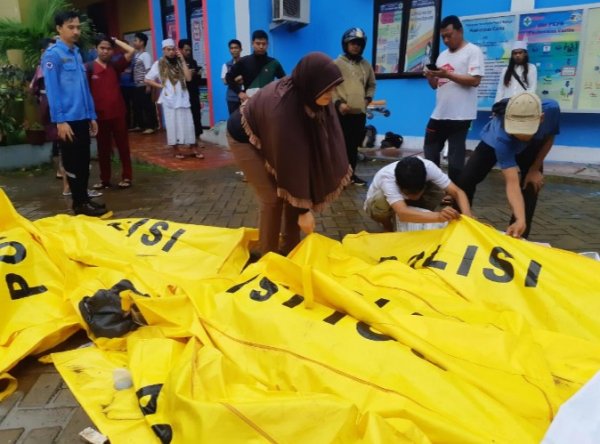
The timing of the tsunami, over the Christmas holiday season, evoked memories of the Indian Ocean tsunami triggered by an earthquake on Dec. 26 in 2004, which killed 226,000 people in 14 countries, including more than 120,000 in Indonesia.


